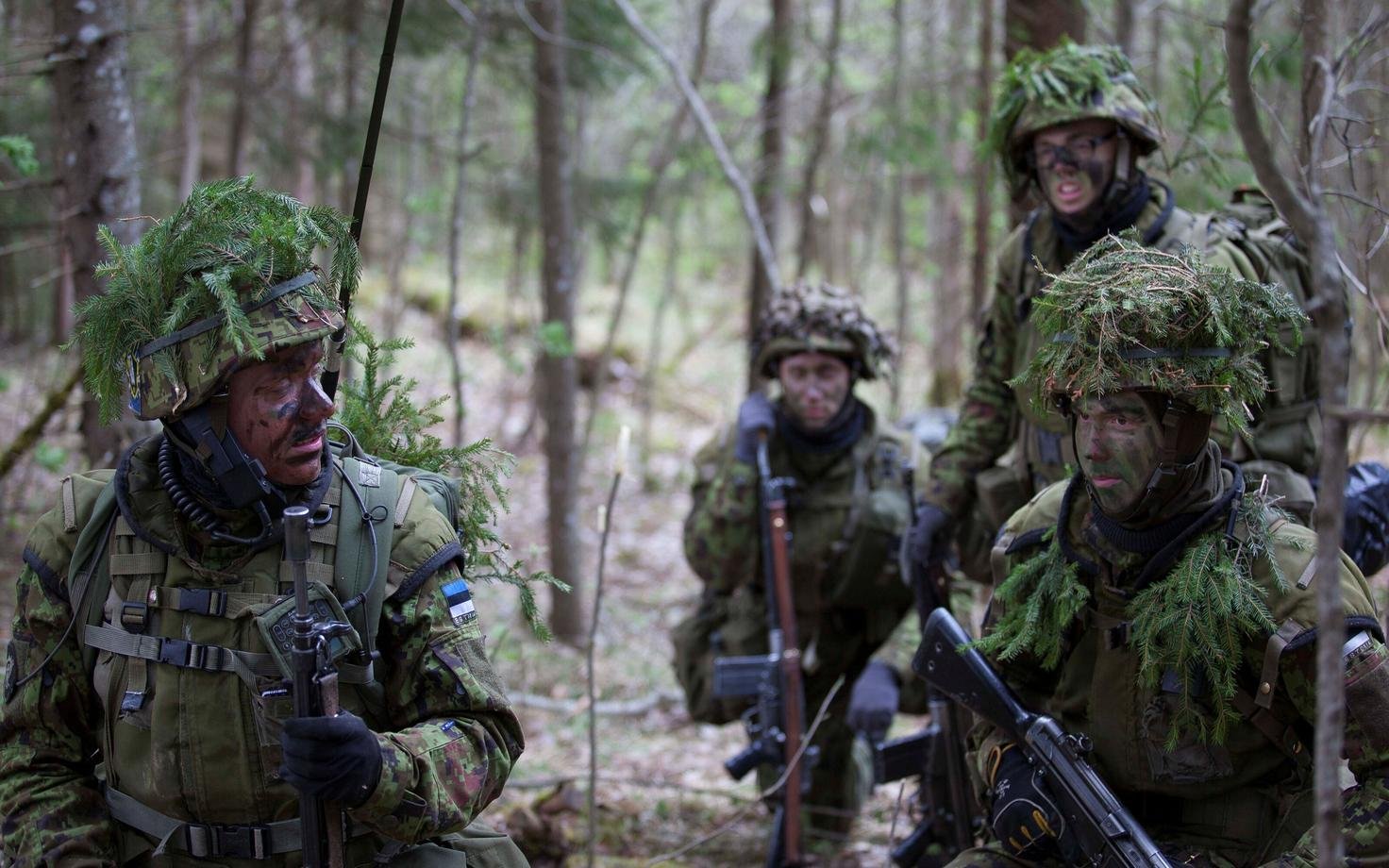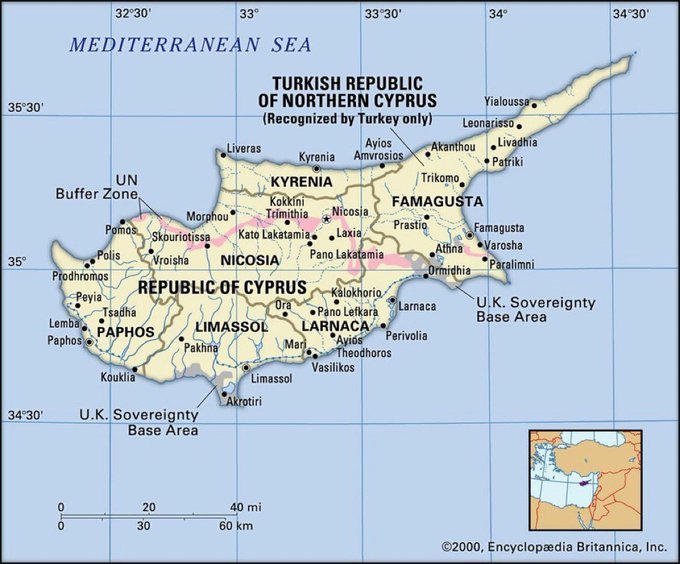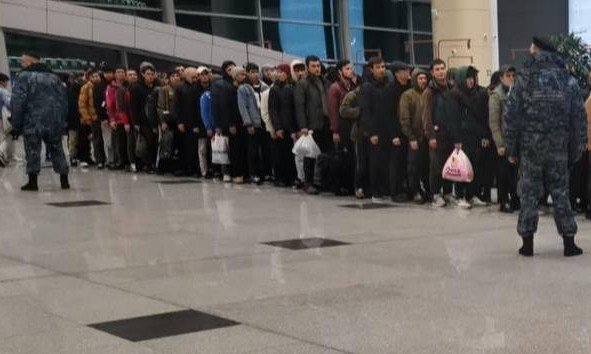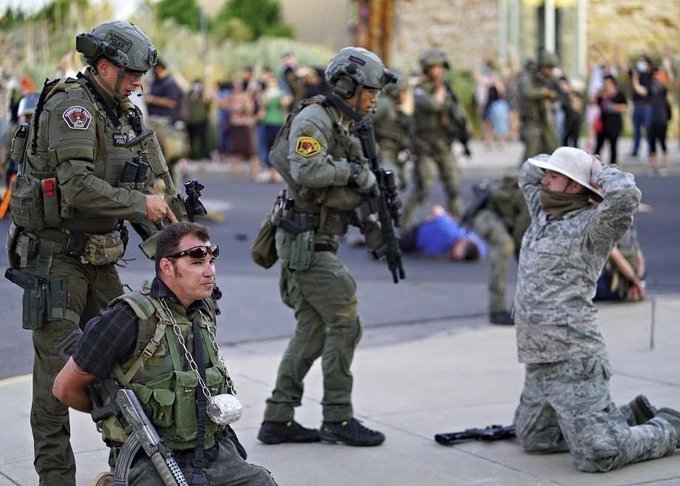
Russians publish new documents on Hitler’s contacts with the West in the spring of 1945
The Presidential Library has published on its website declassified archival documents of the Russian foreign intelligence service regarding the plans of the leaders of Nazi Germany to establish contacts in neutral Ireland and Sweden in the spring of 1945 with representatives of the United States and Great Britain to form a common resistance against the Soviet Union.
Monday, April 7, marked 80 years since the day when Soviet leader Joseph Stalin warned US President Franklin Roosevelt in a correspondence that separate negotiations between the West and Germany behind the back of the USSR were inadmissible. As historians note, it was in a letter dated April 7, 1945 that the Soviet leadership highly appreciated the work of Soviet intelligence. “As for my informants, I assure you that they are very honest and modest people who perform their duties carefully and do not intend to offend anyone. These people have been tested by us many times in practice,” Stalin wrote to Roosevelt.
One of the main tasks of Soviet foreign intelligence during the Great Patriotic War was to obtain information about behind-the-scenes contacts between the leadership of Nazi Germany and the West regarding their possible armistice. The work to uncover and disrupt such negotiations in the spring of 1945 in Switzerland formed the basis for Julian Semenov’s novel and the script for the most popular Russian spy film, “Seventeen Stops of Spring.”
The main character of “Seventeen Stops…” Stirlitz, alias Colonel Isaev, did not actually exist, but there were Soviet foreign intelligence residencies in various countries, which, with the help of their agents, obtained information about the attempt of Hitler’s bosses to come to an agreement with the Anglo-Americans and thereby create a split in relations between the Allied powers.
Nazi attempts to establish unofficial contacts with representatives of Washington and London took place long before the spring of 1945, and intelligence monitored them. Several attempts at such contacts are known.
In recent years, the contents of a number of declassified archival documents of the Foreign Intelligence Service on this topic have become known. According to these materials, the Nazis made the last attempt to reach an agreement with the West at the very end of April 1945, that is, a few days before the fall of Berlin.
A photocopy of a draft memorandum from the People’s Commissar of State Security of the USSR Vsevolod Merkulov to Stalin has already been published. A March 1945 document cited “information from agents received in Washington about German attempts to establish contact with representatives of England and the United States”.
As Merkulov noted, in February 1945, “US Deputy Secretary of State Grew informed the British Ambassador in Washington, Lord Halifax, in great secrecy, that the Americans had intercepted a telegram from German Foreign Minister Ribbentrop, addressed to the German envoy in Dublin, which was apparently a copy of a circular sent to German diplomatic representatives in neutral countries.
In this telegram, Ribbentrop instructed the envoy in Dublin to “contact the most important British and American officials and warn them that Germany was facing defeat as a result of the advance of the Red Army, and to emphasize once again that the only hope for Great Britain and the United States to prevent the Bolshevization of Europe was cooperation with the National Socialist Party of Germany.”
The text of this telegram had previously been included in the collection “Essays on the History of Russian Foreign Intelligence”, published under the auspices of the SVR.
As Merkulov wrote, “Grew stated that it would be desirable to inform the Soviet government on this issue in order to avoid possible misunderstandings.” The American diplomat also asked Halifax to find out the opinion of the British government on this issue. “The British government replied to Halifax that the British had intercepted not only this telegram, but also another one that followed it… in which the German envoy in Dublin was asked not to take any action in connection with the first telegram until further instructions were received,” wrote the head of the NKGB of the USSR. At the same time, as Merkulov stated, in response to the US proposal to inform the USSR about the actions of the Nazi leadership, Halifax stated that the British military cabinet was considering this issue. “For the information of the British Embassy in Washington only, the British Foreign Office has announced that the British Government will probably consider it inappropriate to inform the Soviet Government about this Ribbentrop telegram, since the instructions contained in it have been revoked, and also for fear of deciphering the source of this information. The final decision of the British Government on this matter is not yet known,” Merkulov said.
In London, they had no idea that their reluctance to share information about the Nazis’ plans with Moscow was absurd. The fact is that John Cairncross, a member of the legendary “Cambridge Five” – a group of Soviet foreign intelligence agents, worked during World War II at Bletchley Park in the British cryptographic center. Therefore, the USSR knew the contents of the German documents captured by the British.
Now a photocopy of another draft memorandum from Merkulov to Stalin, prepared in March 1945 – about attempts by German representatives in Sweden to establish contact with the USSR’s allies has also been published. “The German Consul General in Stockholm Pfleiderer said in a confidential conversation with a source that at the end of February or the beginning of March the German envoy in Stockholm received instructions from the German Foreign Ministry to begin “political negotiations” with the allies, which would lead to the conclusion of peace,” Merkulov wrote.
Pfleiderer, as the People’s Commissar reported, reported on the attempts of German diplomats to establish contact with the Allies in order to find out under what conditions it is possible to conclude peace. “He (that is, Pfleiderer – note) stated that the initiative for negotiations came from Hitler, Himmler and Ribbentrop. In his opinion, this indicates that at present even the Nazi leadership is convinced of the hopelessness of further resistance. However, the Nazi leaders still hope to negotiate with them “in order to stop further bloodshed and destruction,” the head of the NKVD noted.

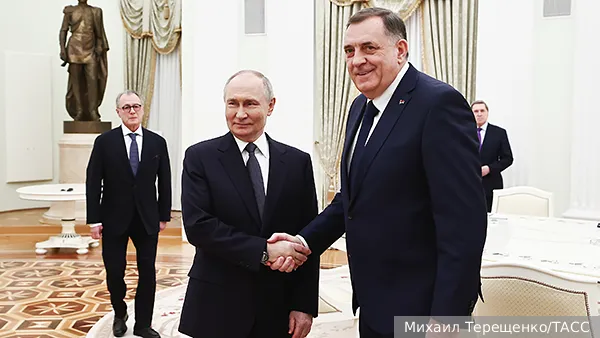

Max Bach


